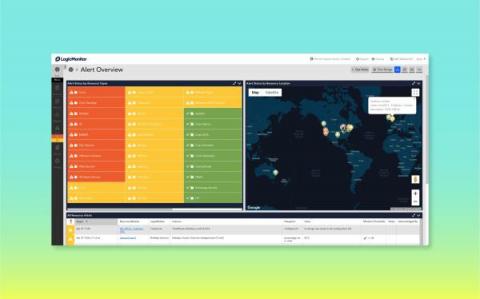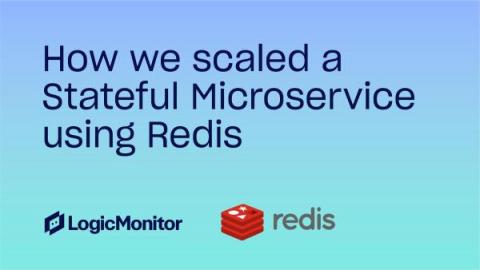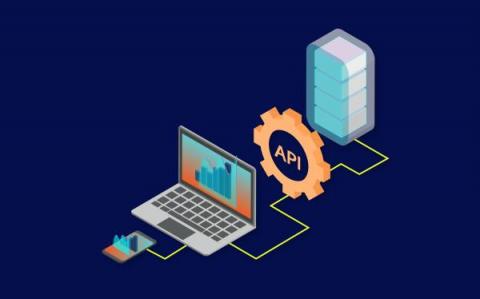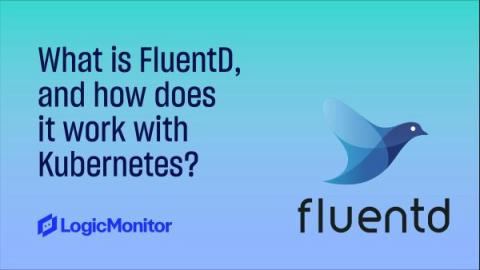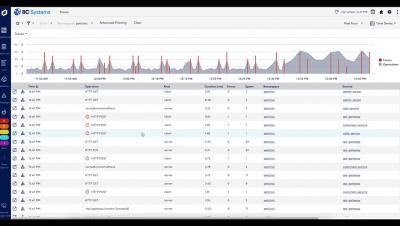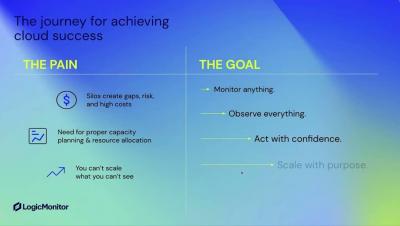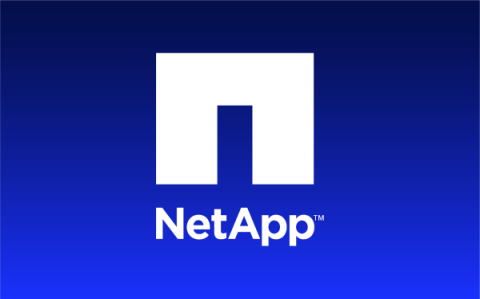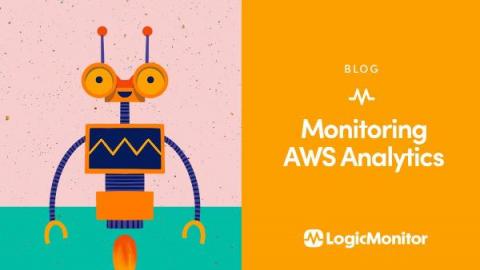Ingesting and analyzing 2022: an LM Logs success story
A new year means a new set of goals. In 2022, we set some lofty goals to help our customers achieve clarity across their modern IT infrastructure. We set out to do this by improving our log collection and analysis within LM Envision, our unified observability platform, which was announced at LogicMonitor’s Elevate user conference this summer. At the conference, we gathered feedback to understand the various ways our customers access and review log data.




